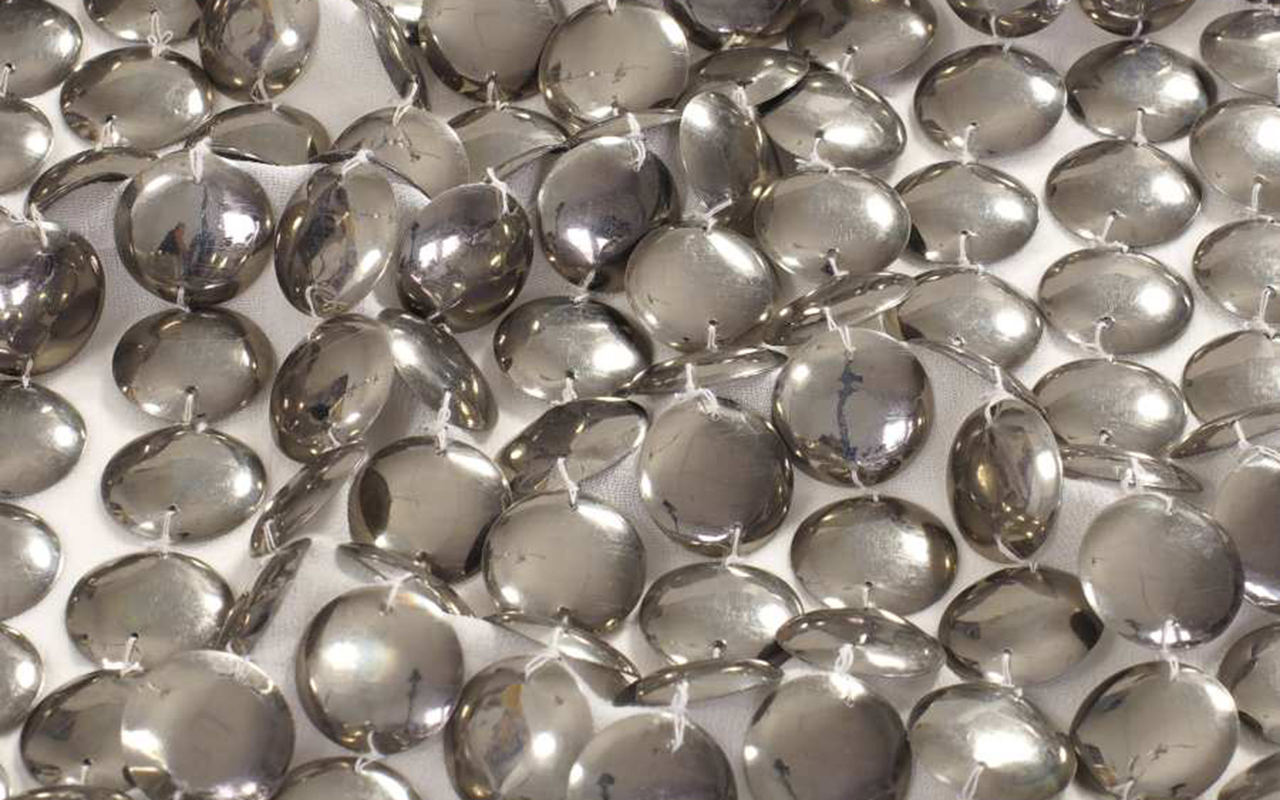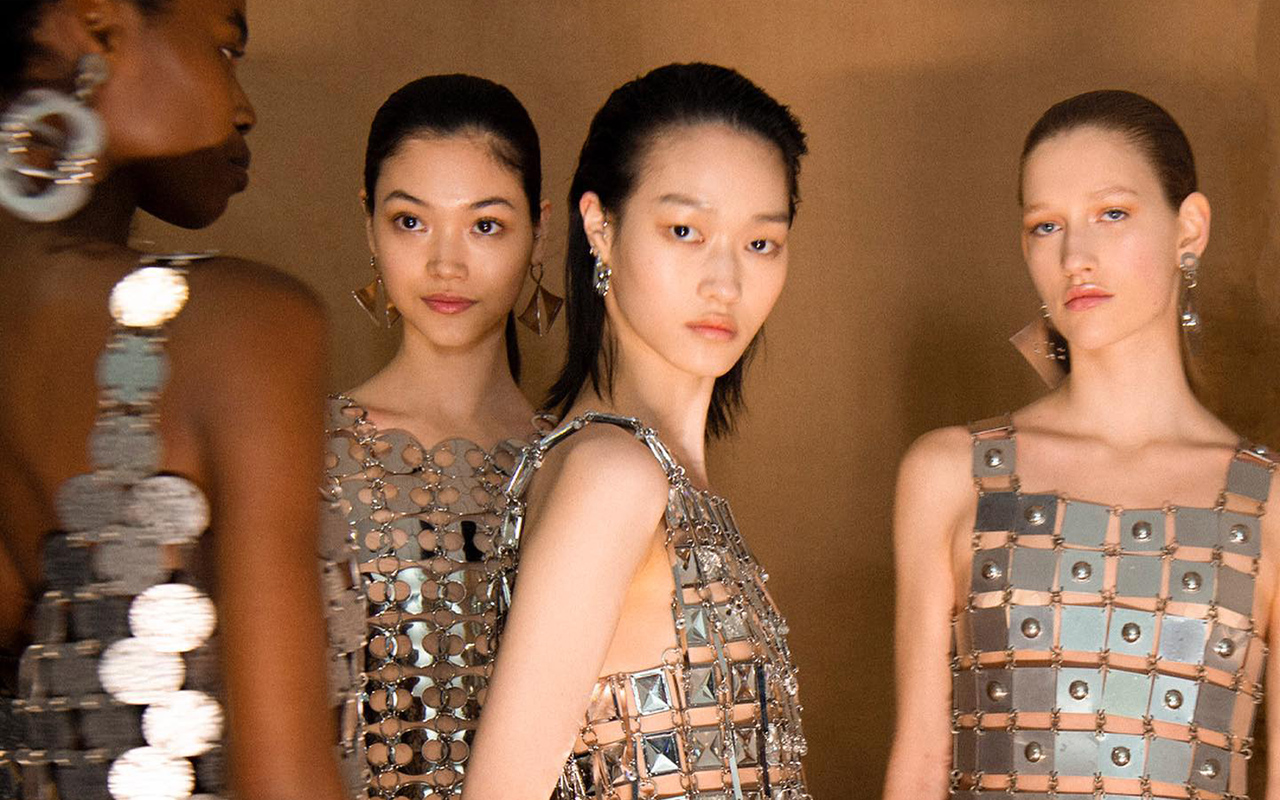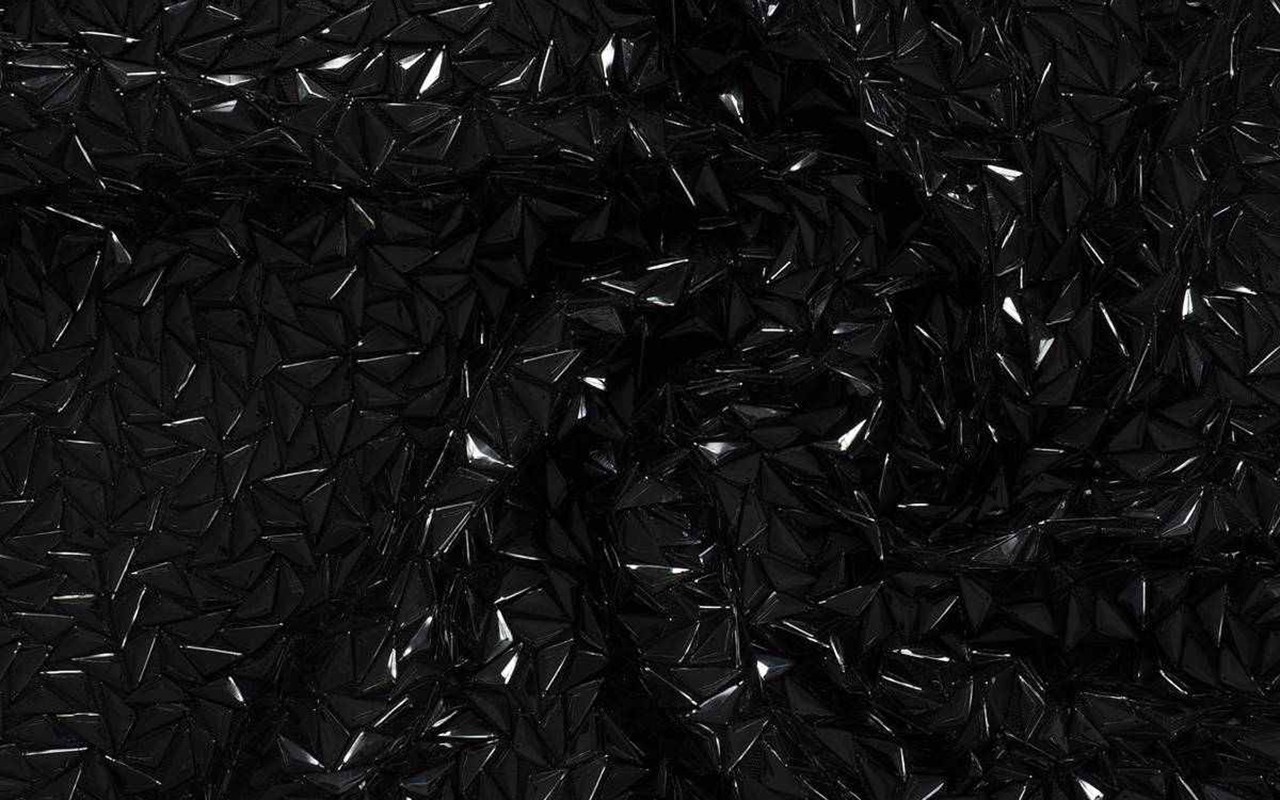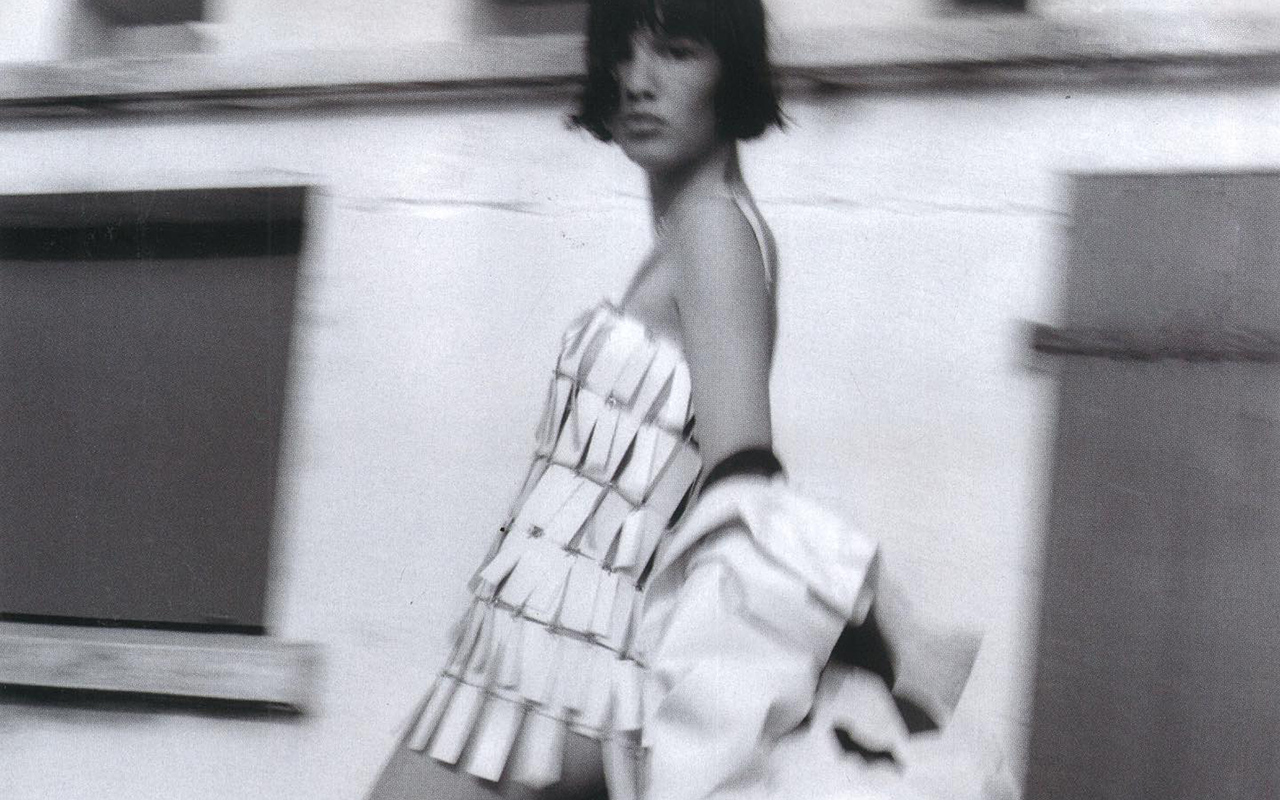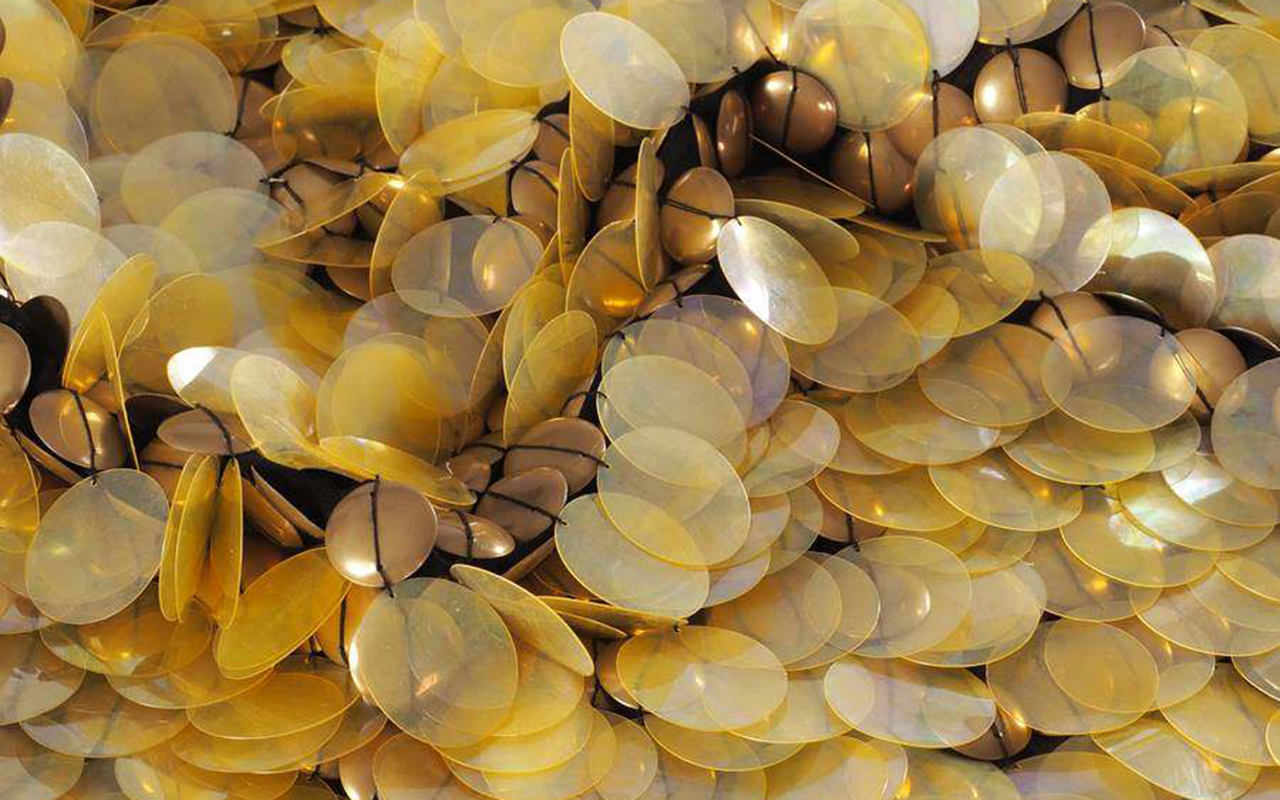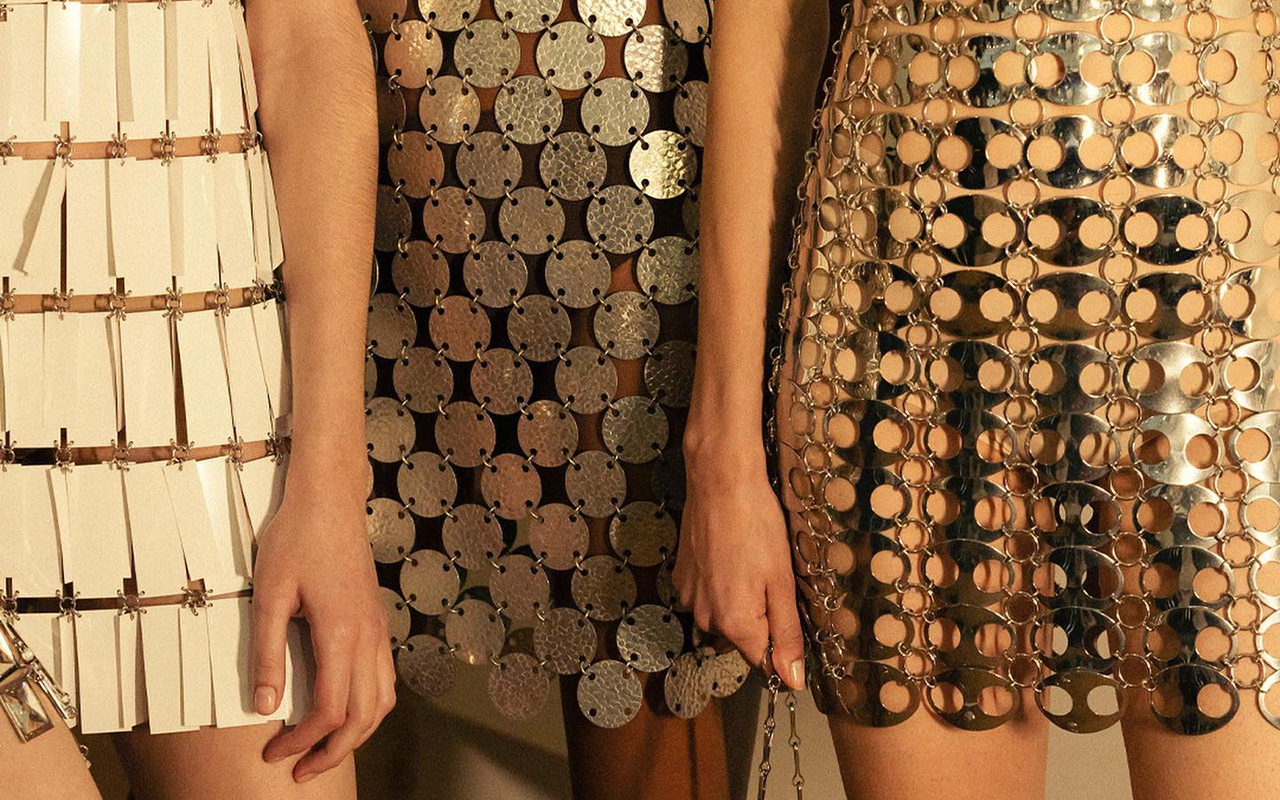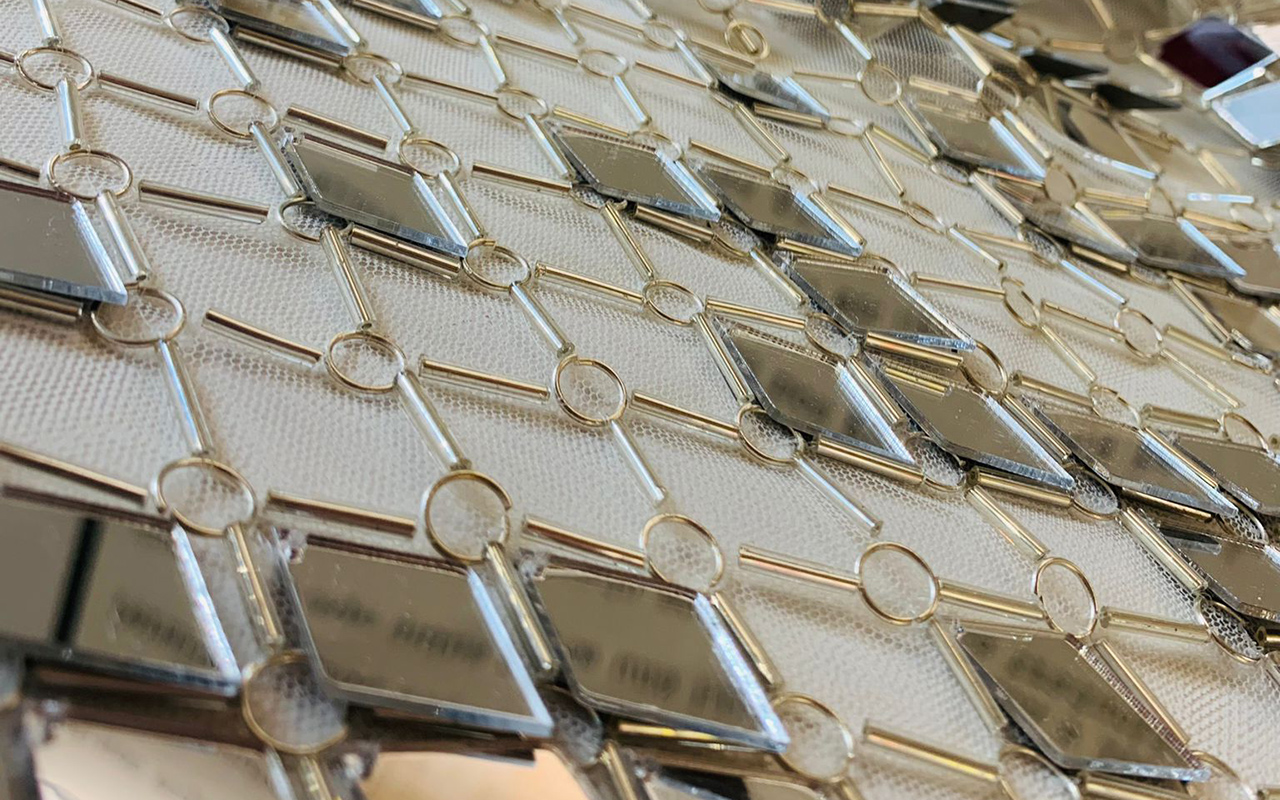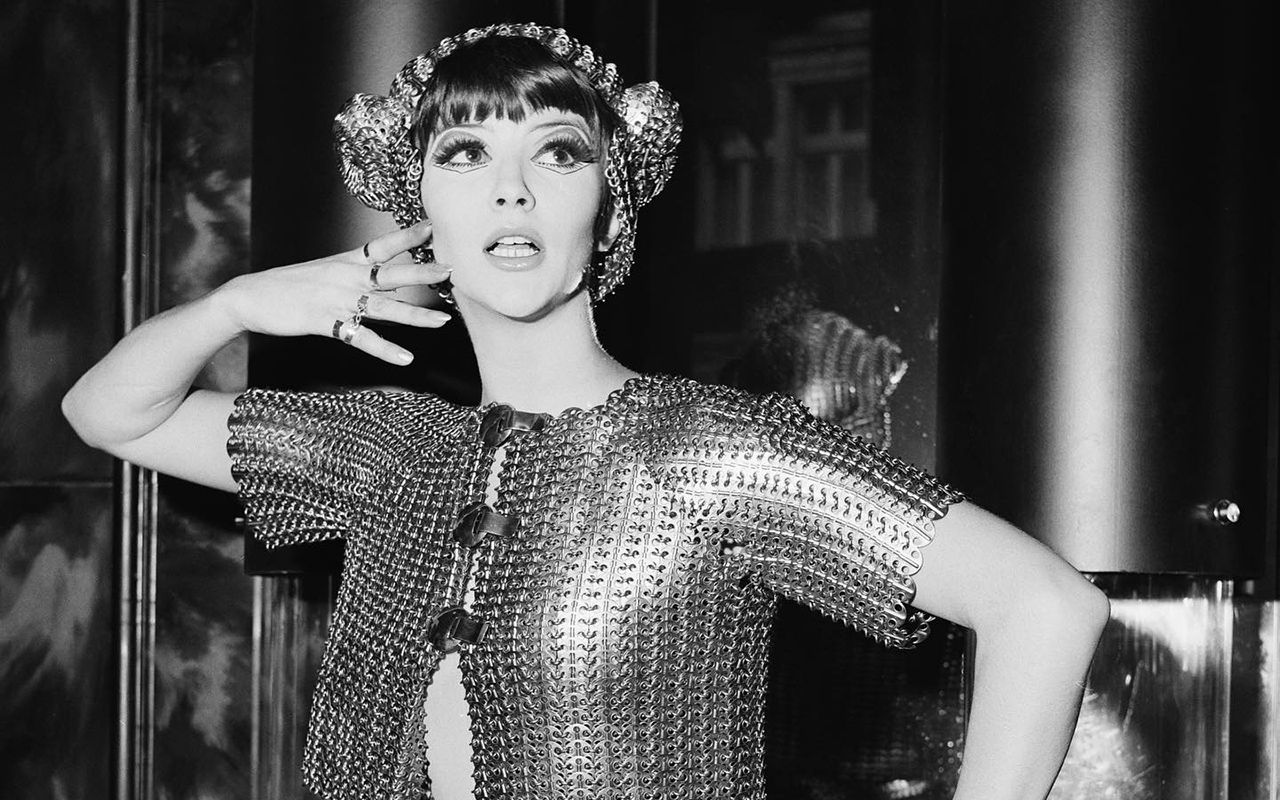
Paco Rabanne was one of the great fashion visionaries of the twentieth century. Innovative, experimental, eccentric, and challenging, there were no limits to the needle for the Spanish designer. The conventional simply did not apply to him. Rabanne made a great career as a dressmaker and creator of iconic perfumes that are still a sales success today. Of all his unique legacy, there is one thing that makes it truly remarkable and that we want to highlight: his futuristic vision of fashion and his ability to use innovative materials in his creations. This disciple of Balenciaga was able to transform metal, plastic, and mesh into fabric, creating groundbreaking designs that spoke of art, pop culture, and architecture. Let’s review some of his great milestones.
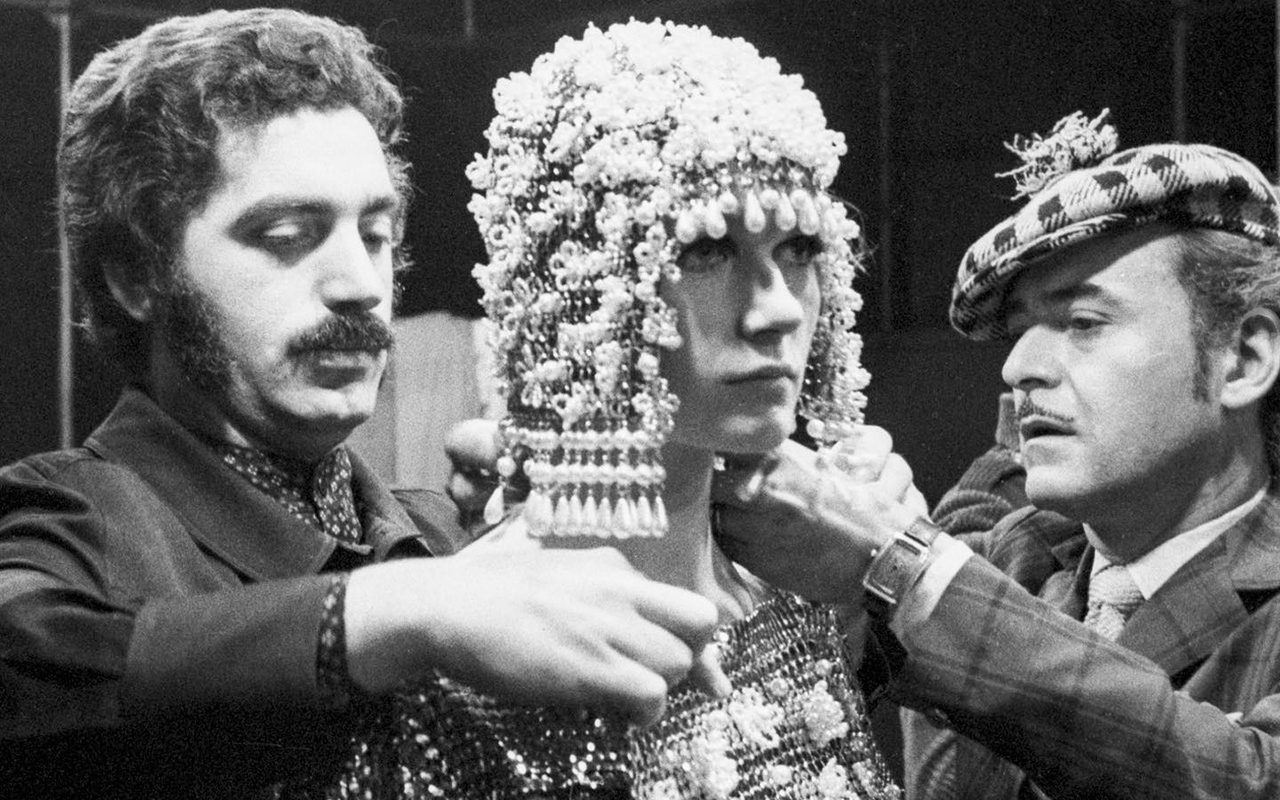
Architecture marks the start
Paco Rabanne was born in 1934 in the Basque Country. The son of a Republican general and a dressmaker, he worked as a seamster for Cristóbal Balenciaga. As a child, he grew up among fabrics but had a complicated childhood. His father was shot during the civil war, and he left for France as a child. He studied architecture in Paris and started work there, first as an accessories designer for Dior, Saint-Laurent, and Pierre Cardin, and then in couture. “Fashion is architecture: it is a matter of proportions,” he used to say to justify the influence of these two disciplines that would forever be part of his designs. Rabanne liked to remember that his first vocation had been architecture.
In the 60s, Paco Rabanne began experimenting and using unconventional materials in the creation of his futuristic clothing. This investigation period coincided with a moment of transition in fashion: haute couture gave way to the advance of Pret à Porter, with a rejuvenation of the industry and a release of expressive language. At that time of change, his first dresses, created in plastic and feathers, stood out at the Paris Biennial. However, it was not until 1965 when he presented his first collection. He called it Manifest, and it consisted of “12 impossible dresses in contemporary materials”: plastic skirts, metallic dresses with meshes such as those used by butchers, and jackets with surprising textures. A year later, he founded with other contemporary artists the Groupe Verseau, and in 1967 he opened his own company in Paris. In 1968, he teamed up with Puig, and they launched their first fragrance a year later, Calandre. That was the beginning of a fruitful alliance that gave rise to a line of perfumes that remains one of the most popular worldwide.
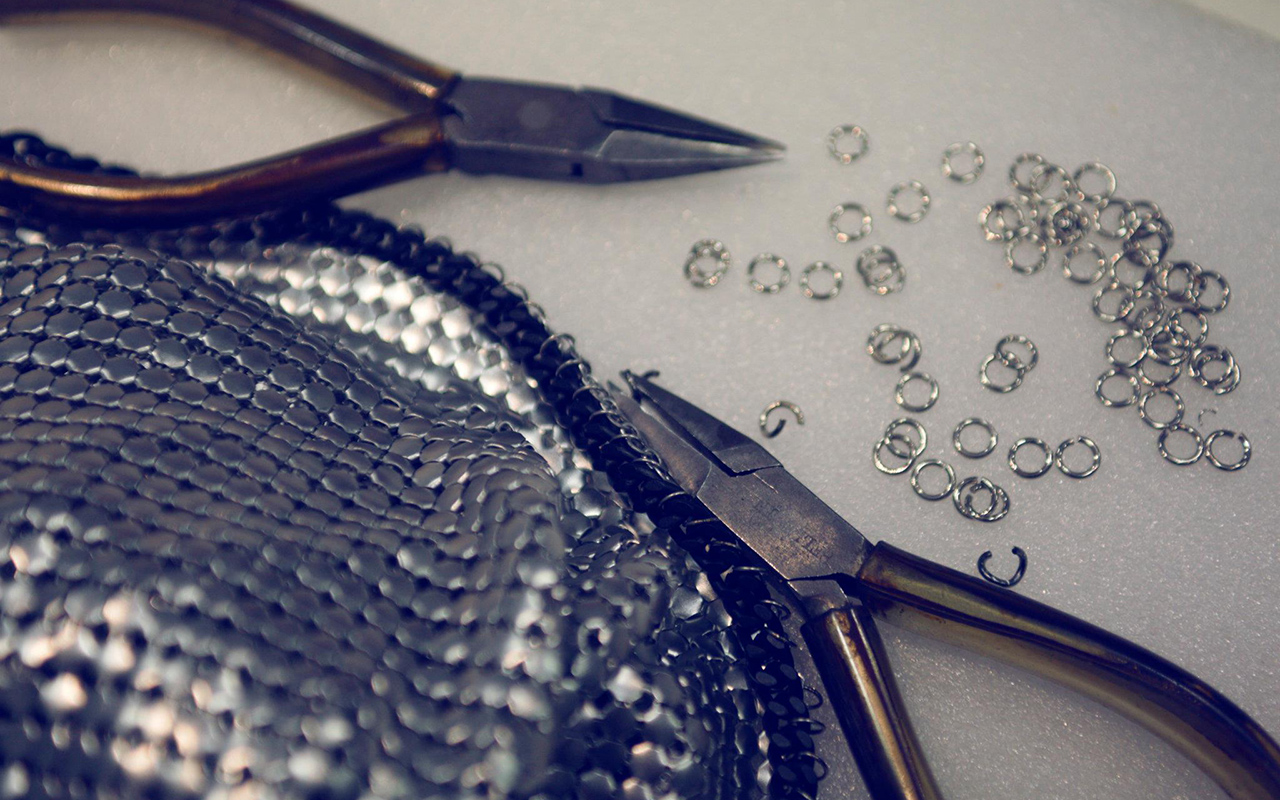
A maestro in the art of creating new fabrics
Paco Rabanne Paco Rabanne revolutionized the world of tissues by seeking an alternative to the conventional. His objective was to create textiles that were resistant, durable and at the same time surprising in their aesthetics. His collaboration with material manufacturers allowed him to explore new fabrics that had not been used in fashion before, such as stainless steel and fibre-glass. In this way he created fabrics that adapted perfectly to his experimental designs.
His work was characterized by the use of metals and other industrial materials in the garments, to the point that Coco Chanel called him the “fashion metallurgical.” One of the most iconic fabrics created by Paco Rabanne was “12 units.” This fabric was made of small metal discs linked to one another with small rings. One of Paco Rabanne’s most iconic creations was the silver dress used by actress Audrey Hepburn in the movie “Two on the road” (1967). This garment, which was made of small metal rings, became a fashion icon and was considered one of the most relevant garments of the decade. The dress not only showed Rabanne’s futuristic vision, but also his ability to create unique fabrics as never before.
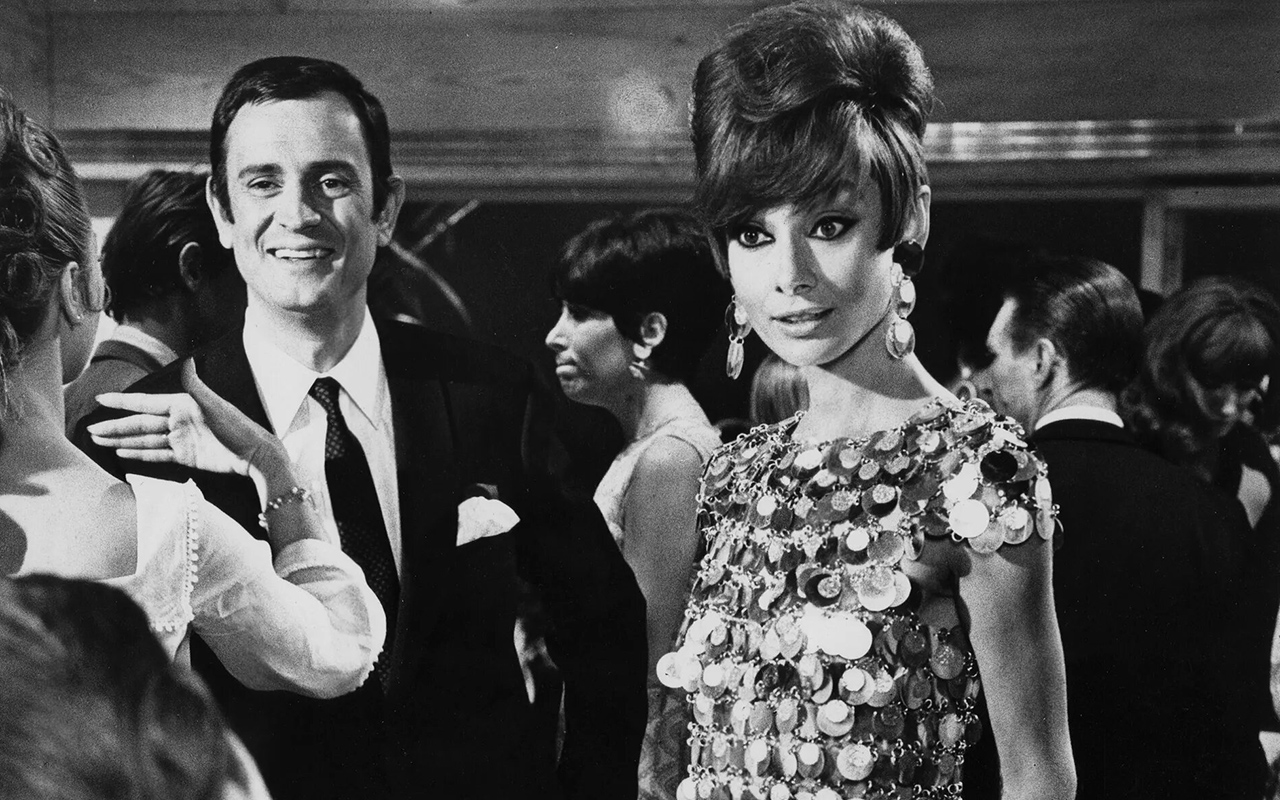
In the 70s, at the height of his professional career, Paco Rabanne created together with the material manufacturer Dupont the “ultraviolet” fabric, a material made of polyester thread that reflected the light in a surprising way and was used in several fashion collections. The designer also continued working in parallel with unconventional materials, such as plastic, paper and fibre-glass.
Every designer has his own muses and Rabanne was no exception. His futuristic creations dressed actress Françoise Hardy, who lent her image to embody the designer’s fantasies. The “Hardy dress” was a straight-cut piece with long sleeves featuring a thousand gold plates, with ten diamonds and weighing nine kilos. His talent also crossed the catwalks in seventh art seduction. Rabanne was behind the costume of some of the most emblematic films in history such as ‘Barbarella (1968), starring Jane Fonda, where the designer imagined the garments which would immortalize the heroine of the future. Audrey Hepburn, Norma Duval, Christina Piaget and Carla Bruni also lent their image to the designer.
Paco Rabanne knew how to take his creativity (and eccentricity ) to all areas of fashion by diversifying his product, but without abandoning innovation. This was the real key to his personal success. The designer continued presenting collections until 1999 within the Puig conglomerate, which bought his brand, then looked after the collections and the series of perfumes with world-wide sales. He died last February at the age of 88, but the Paco Rabanne brand continued its creator’s visionary legacy, based particularly on his transformative and experimental vocation for always finding a way to surprise those wearing his garments, because in the end, as he himself said: “Fashion is a form of art, an expression of one’s inner self.”
